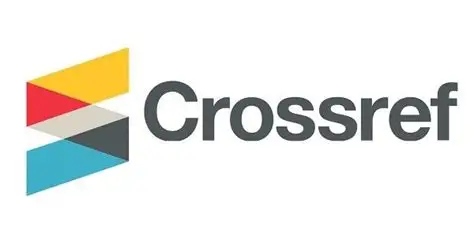SOCIO-ECONOMIC CONDITIONS OF MILK PRODUCERS AND THEIR IMPACT ON DAIRY DEVELOPMENT
Keywords:
Milk Producers, Socio-Economic Conditions, Dairy Development, Rural Economy etc.,,Abstract
The dairy sector serves as a cornerstone of India’s rural economy, where a large proportion of
households rely on milk production as a primary source of livelihood. The present study, entitled
“Socio-Economic Conditions of Milk Producers and Their Impact on Dairy Development,” focuses
on examining the socio-economic background of milk producers and analyzing how factors such as
living standards, access to resources, and financial strength contribute to the advancement of the dairy
industry.
The research explores dimensions like landholding size, herd composition, income levels, access to
credit, educational status, gender involvement, and infrastructural facilities, assessing their influence
on milk yield and participation in the market. A mixed-method research design has been adopted,
wherein primary data is gathered through structured questionnaires and personal interviews, while
secondary data is drawn from official reports, cooperative records, and industry publications.
Analytical tools such as correlation, regression, and SWOT analysis are employed to study the
linkages between socio-economic characteristics and dairy performance. Particular attention is paid to
the role of dairy cooperatives, self-help groups, and government initiatives in enhancing the economic
sustainability of milk producers.
The findings are anticipated to underline the challenges confronting small and marginal farmers,
including limited veterinary care, restricted access to organized markets, inadequate storage facilities,
and continued reliance on traditional practices. Simultaneously, the study highlights potential
opportunities for dairy growth through the adoption of modern technologies, strengthening of
cooperative institutions, improvement in financial literacy, and greater involvement of women in dairy
farming.
The study concludes that the socio-economic advancement of milk producers is closely tied to the
long-term development of the dairy sector. It further offers policy recommendations to address
existing gaps in infrastructure, credit availability, and market connectivity, thereby fostering inclusive
and sustainable growth. This research is expected to be of value to policymakers, cooperative leaders,
researchers, and other stakeholders engaged in promoting rural dairy development.
References
Birthal, P. S., & Joshi, P. K. (2007). Institutional innovations for improving smallholder
participation in high-value agriculture: A case of dairy industry in India. Quarterly Journal of
International Agriculture, 46(3), 269–284.
Chand, R., & Kumar, P. (2004). Dairy development in India: Current status and emerging
issues. Indian Journal of Agricultural Economics, 59(3), 455–466.
Government of India. (2022). Annual Report 2021–22. Department of Animal Husbandry &
Dairying, Ministry of Fisheries, Animal Husbandry and Dairying. New Delhi.
Kurien, V. (2011). The white revolution: Anand to Amul. New Delhi: Viking/Penguin.
National Dairy Development Board (NDDB). (2021). Dairy Statistics India 2020–21. Anand,
Gujarat: NDDB.
Singh, R. K., & Chauhan, A. K. (2017). Socio-economic profile of dairy farmers and their
adoption behaviour in improved dairy farming practices. Indian Journal of Dairy Science,
(3), 334–340.
Thorat, V. A., & Sawant, M. N. (2019). Socio-economic impact of dairy cooperatives on rural
milk producers in Maharashtra. Journal of Rural Development, 38(1), 112–125.


